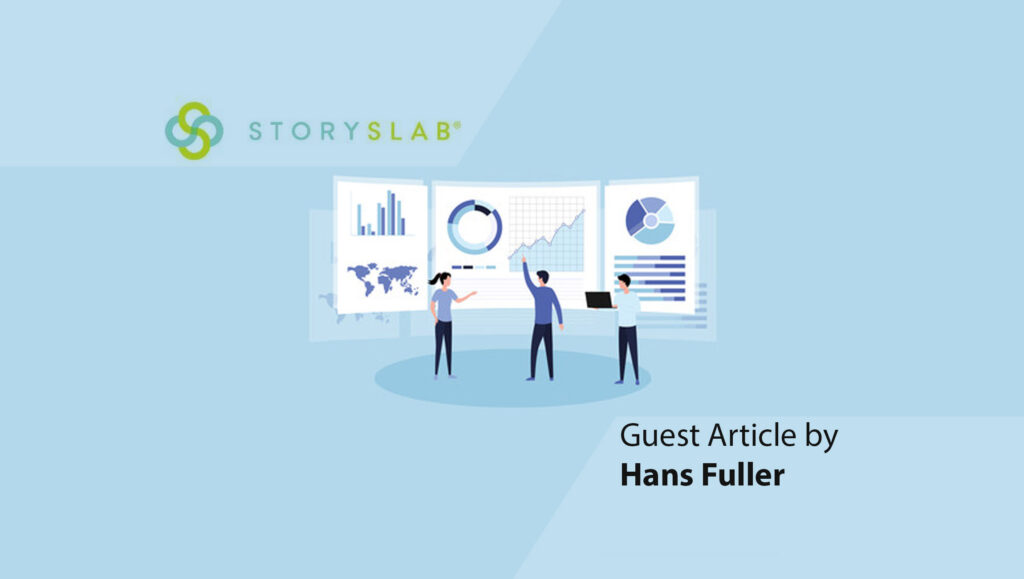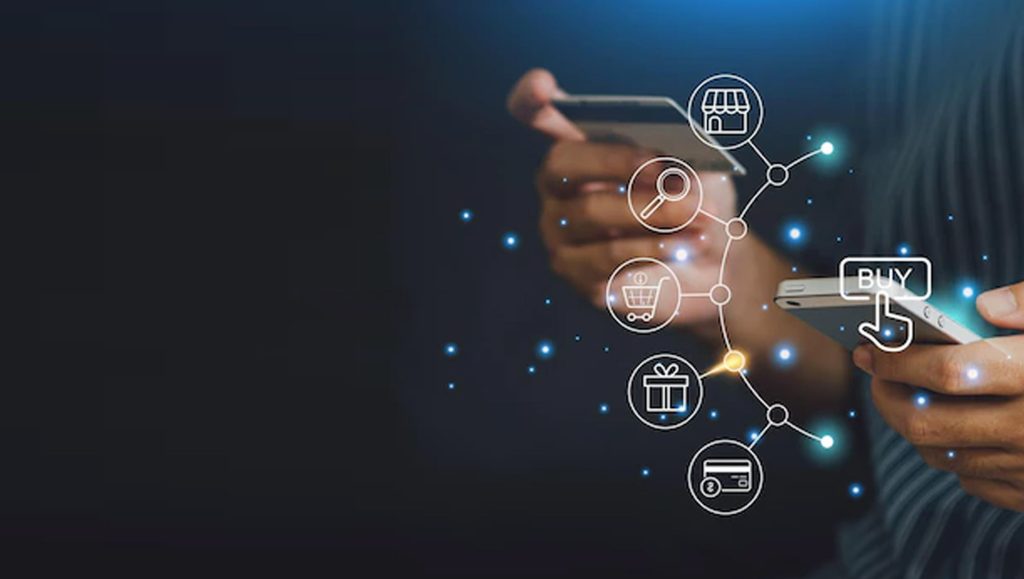I had an unpleasant buying interaction last week that perfectly exemplifies sales enablement 1.0. I’d been on a business’s website and had downloaded their white paper. I had a few questions answered by an AI chatbot. I tuned into their webinar on my specific pain point. I was about three-quarters through the buying process and I’d narrowed it down to two companies.
I got on a Zoom call with the first. Steve, my sales rep for that company, promptly sent me back to a business development rep for qualification. He didn’t know I’d already collected all the info I needed and that I was ready for the next step. I was going backward in the customer journey, not forward. The company was essentially forcing me to conform to its marketing and sales processes rather than understanding where I was in my path-to-purchase.
I was frustrated because as a CMO, I know the company has all the relevant pieces of information at its disposal. I’m sure my company’s name and industry are sitting in one of their databases somewhere. I watched the webinar that addressed the specific issue I wanted to talk to Steve about. I’d been on their site often enough that I should have been pinged as a high purchase intent prospect. And yet on that call, Steve didn’t have access to that information. Through no fault of his own, he couldn’t give me what I needed. That created friction in my customer journey.
Read More: Allego Recognized By Boston Business Journal As A Best Place To Work For Fifth Year In A Row
Sales enablement 1.0 vs sales enablement 2.0
Sales enablement 1.0 was about automating manual back-office sales processes for efficiency. While that enabled reps to invest more time in customer selling, it did nothing to improve a sales rep’s effectiveness at the point of customer engagement. That “efficiency” did not accommodate each buyer’s unique buying process.
Today’s buyers are more empowered than yesterday’s. They’re more knowledgeable. They expect that the vendor understands them and their position on their buying journey. They expect to move forward on that buying journey at every point of interaction with a business. Buyers demand proper context: the seller needs to demonstrate they know who the buyer is, what their industry is, and what their problem is. The seller also needs to engage with the proper cadence: sellers have to center the buyer’s journey on the buyer’s schedule.
Going back to my example, Steve could probably have given me a custom quote with a few clicks on his CPQ software. If we’d gone ahead with the purchase, technology like DocuSign could have automated the contract signature process among the different stakeholders. That automation and efficiency were what sales enablement 1.0 made easy.
But when it came to our conversation, Steve didn’t have the time, bandwidth, or knowledge to pull the relevant data from the different siloes it lived in to have an effective sales conversation with me. The data I’d given marketing was stuck in marketing. None of it helped make Steve smarter at the moment of interaction with me or make progress on my path-to-purchase.
Now imagine if you could unlock the data siloed in the multiple disconnected systems between sales and marketing. What would that do for you? For one, the customer’s experience would change for the better. You could meet the customer’s needs when and how you needed to. Data would become a unifying value between marketing and sales. For example, Steve could have used the marketing data collected on me to make a sale. That successful purchase info would be fed back to marketing to let them know what tactics worked.
In sum, unlocking that data provides that conduit to give a more integrated, smooth customer experience. That’s what sales enablement 2.0 is about: giving the seller the customer insight, knowledge, and analytics to be able to successfully engage with today’s savvy and informed buyer.
Read More: SalesTechStar Interview with Andrew Chan, CMO and Cofounder at AfterShip
How to transition to sales enablement 2.0
Now you have a clear idea of what sales enablement 2.0 looks like, let’s discuss how to make the transition. As my example illustrates, most businesses already have the data that will allow them to make the transition. They just need to empower their sellers to meet buyers where they are on their path-to-purchase.
At its core, sales enablement 2.0 is a paradigm shift. Rather than asking sellers to pull information from the siloed data sources, you need to unlock those sources and push that critical information to sellers when they need it.
Don’t try to migrate all the information to another system – leave it where it is, and build a new system that pushes data out to sellers and allows them to engage buyers with the right context and cadence. Sellers should not only access all the data but also receive recommendations for what to say or how to sell based on that data.
One way to do that is to organize the content in a file sync. Rather than making sellers dig through folders, you can implement rules to make data and information available to sellers at the right moment.
For example, when I had a call with Steve, he should have been able to open my folder and see that I’d checked out the website, downloaded the white paper, engaged with the AI bot, and viewed the webinar. Alongside that information, he should have seen the next step that product managers would recommend for buyers with my problem based on the content I’d consumed so far.
The ideal sales enablement 2.0 system will be based not just on each buyer’s data, but also on the wisdom of crowds and on customers’ purchasing history. That would have empowered Steve to give me exactly what I needed to progress on my buyer journey.
Again, It’s not that sellers didn’t have the right data before. It’s that they didn’t have access to the data when they needed it. That caused friction in the sales process and resulted in customer attrition. Sales enablement 2.0 focuses on effectiveness at the point of contact, creating a new generation of empowered sellers who have the data they need to create a smooth buyer journey no matter where those buyers are in the purchase process.




















